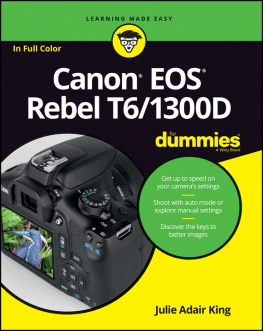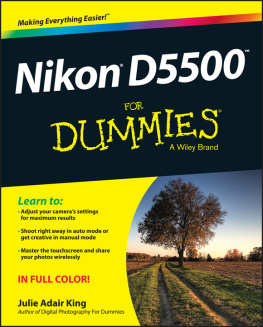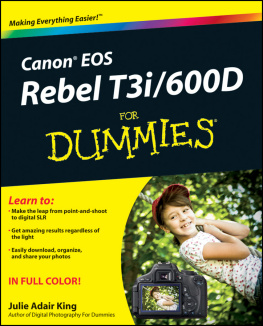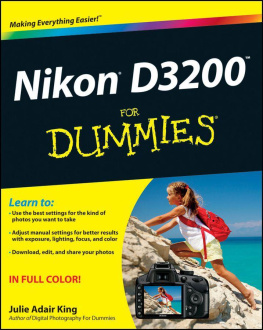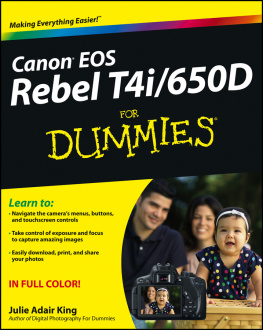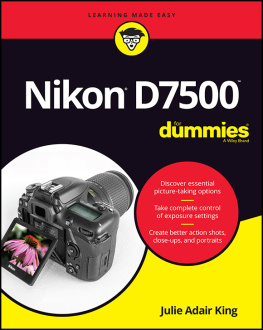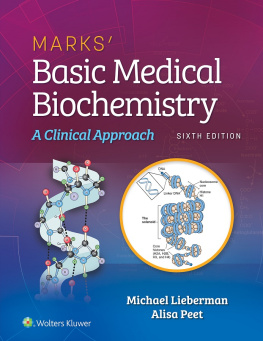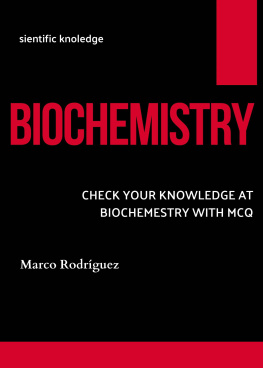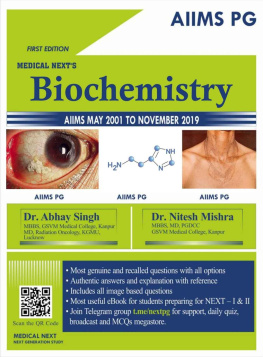NOTICE
Medicine is an ever-changing science. As new research and clinical experience broaden our knowledge, changes in treatment and drug therapy are required. The authors and the publisher of this work have checked with sources believed to be reliable in their efforts to provide information that is complete and generally in accord with the standards accepted at the time of publication. However, in view of the possibility of human error or changes in medical sciences, neither the authors nor the publisher nor any other party who has been involved in the preparation or publication of this work warrants that the information contained herein is in every respect accurate or complete, and they disclaim all responsibility for any errors or omissions or for the results obtained from use of the information contained in this work. Readers are encouraged to confirm the information contained herein with other sources. For example and in particular, readers are advised to check the product information sheet included in the package of each drug they plan to administer to be certain that the information contained in this work is accurate and that changes have not been made in the recommended dose or in the contraindications for administration. This recommendation is of particular importance in connection with new or infrequently used drugs.

Copyright 2014 by McGraw-Hill Education. All rights reserved. Except as permitted under the United States Copyright Act of 1976, no part of this publication may be reproduced or distributed in any form or by any means, or stored in a data base or retrieval system, without the prior written permission of the publisher.
ISBN: 978-0-07-183275-5
MHID: 0-07-183275-0
The material in this eBook also appears in the print version of this title: ISBN: 978-0-07-178612-6, MHID: 0-07-178612-0.
eBook conversion by codeMantra
Version 1.0
All trademarks are trademarks of their respective owners. Rather than put a trademark symbol after every occurrence of a trademarked name, we use names in an editorial fashion only, and to the benefit of the trademark owner, with no intention of infringement of the trademark. Where such designations appear in this book, they have been printed with initial caps.
McGraw-Hill Education eBooks are available at special quantity discounts to use as premiums and sales promotions or for use in corporate training programs. To contact a representative, please visit the Contact Us page at www.mhprofessional.com.
TERMS OF USE
This is a copyrighted work and McGraw-Hill Education and its licensors reserve all rights in and to the work. Use of this work is subject to these terms. Except as permitted under the Copyright Act of 1976 and the right to store and retrieve one copy of the work, you may not decompile, disassemble, reverse engineer, reproduce, modify, create derivative works based upon, transmit, distribute, disseminate, sell, publish or sublicense the work or any part of it without McGraw-Hill Educations prior consent. You may use the work for your own noncommercial and personal use; any other use of the work is strictly prohibited. Your right to use the work may be terminated if you fail to comply with these terms.
THE WORK IS PROVIDED AS IS. MCGRAW-HILL EDUCATION AND ITS LICENSORS MAKE NO GUARANTEES OR WARRANTIES AS TO THE ACCURACY, ADEQUACY OR COMPLETENESS OF OR RESULTS TO BE OBTAINED FROM USING THE WORK, INCLUDING ANY INFORMATION THAT CAN BE ACCESSED THROUGH THE WORK VIA HYPERLINK OR OTHERWISE, AND EXPRESSLY DISCLAIM ANY WARRANTY, EXPRESS OR IMPLIED, INCLUDING BUT NOT LIMITED TO IMPLIED WARRANTIES OF MERCHANTABILITY OR FITNESS FOR A PARTICULAR PURPOSE. McGraw-Hill Education and its licensors do not warrant or guarantee that the functions contained in the work will meet your requirements or that its operation will be uninterrupted or error free. Neither McGraw-Hill Education nor its licensors shall be liable to you or anyone else for any inaccuracy, error or omission, regardless of cause, in the work or for any damages resulting therefrom. McGraw-Hill Education has no responsibility for the content of any information accessed through the work. Under no circumstances shall McGraw-Hill Education and/or its licensors be liable for any indirect, incidental, special, punitive, consequential or similar damages that result from the use of or inability to use the work, even if any of them has been advised of the possibility of such damages. This limitation of liability shall apply to any claim or cause whatsoever whether such claim or cause arises in contract, tort or otherwise.
T his book has been designed with the intention of preparing students, particularly those in medical school, for both regular course exams in biochemistry and medical biochemistry as well as medical board exams, namely the USMLE Step 1 exam taken by all US medical students at the completion of their second year of education. To accomplish this goal, there are 1100 multiple choice questions throughout all of the chapters with 50% being formatted in the current USMLE Step 1 format.
In addition to the general content and questions, a major focus of this book is on the integration of medical biochemistry with physiology, pathophysiology, pathology, and anatomy. This focus has been undertaken with this book to ensure that it serves that critical audience of current and future medical student, exposed to the shifting medical school curriculum, which is to use a more integrated content approach.
This review book is divided into four broad sections. The first section covers the basics of the major building blocks of all cells and tissues. The second section, and by far the major bulk of any medical biochemistry text, covers metabolic biochemistry with a strong emphasis on clinical correlations and clinical disorders related to these all-important pathways. The third section covers the cellular and molecular biology topics associated with medical biochemistry, physiology, and pathology. The fourth section includes 10 chapters dealing with high-yield integrative topics that are beneficial to not only medical students but to all students of the discipline.
Each chapter begins with an outline listing the major topics covered in the content. This is followed by a list of high-yield terms related to the included content. Each chapter includes numerous explanatory figures and tables aimed at allowing for increased understanding of and focus on the critical content. Most chapters include detailed Clinical Boxes that describe and discuss the high-yield information concerning diseases and disorders related to defects in the pathways being discussed. Although each chapter does not warrant one or more Clinical Boxes, there are over 90 such high-yield topics throughout the book. Each chapter content section is followed by a series of multiple choice questions, which also include explanatory answers for each and every question. Finally, at the end of each chapter is a Checklist designed to refocus the reader to the most important and high-yield concepts covered by each chapter. If a student finds concepts and/or content confusing or unclear when completing any chapter, it is highly recommended that for further detailed information they go to http://themedicalbiochemistrypage.org. This is the most complete resource for a more comprehensive study of the material reviewed in this book.
I would like to acknowledge the invaluable contributions provided by the McGraw-Hill editorial team of Michael Weitz, Karen Edmonson, Thomas DiPierro, Anthony Landi, and Laura Libretti. I give great thanks to the graphic design students, Matt Wilson, Janine Phelps, and Austin Woodall (at IUSM-Terre Haute host campus, Indiana State University) who were instrumental in preparing much of the artwork for this text. I would also like to acknowledge my students from the Indiana University School of Medicine-Terre Haute, class of 2017, for their willingness to serve as test subjects for many of the clinical vignette questions in this book. Finally, I would like to thank my colleagues for their support and encouragement throughout the process of completing this book.


